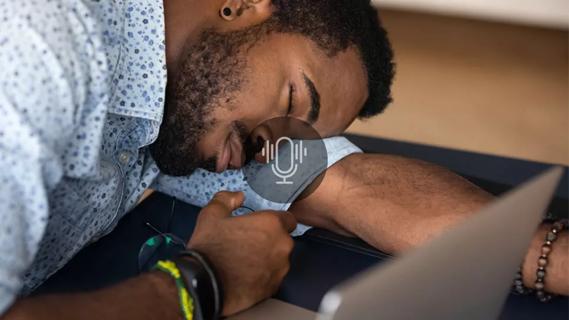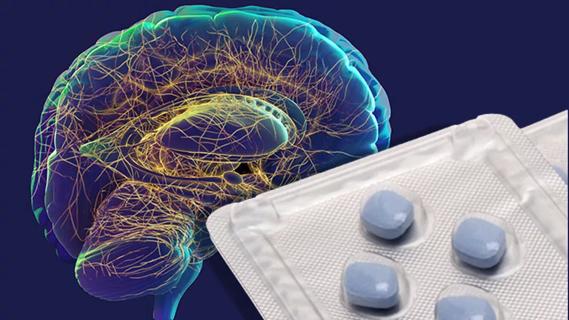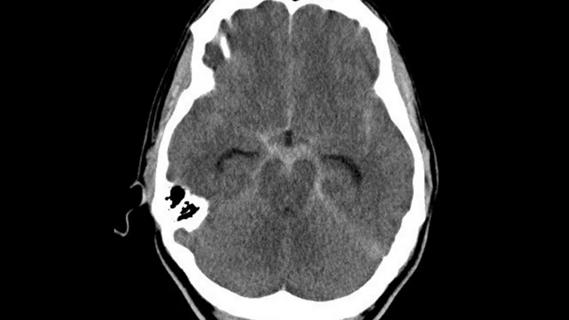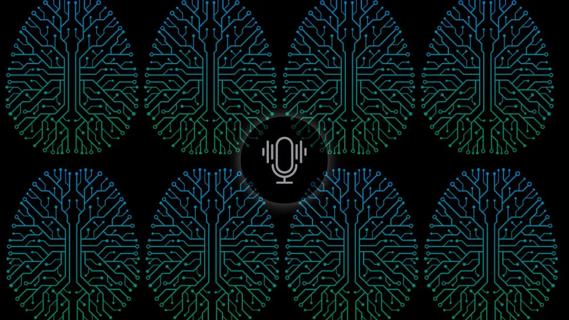New medications, occlusive device now available

New anticoagulants and a new occlusive device are broadening the options for stroke prevention in patients who are at increased risk for clotting. Warfarin remains a viable option, however.
Advertisement
Cleveland Clinic is a non-profit academic medical center. Advertising on our site helps support our mission. We do not endorse non-Cleveland Clinic products or services. Policy
For more than 50 years, the vitamin K antagonist warfarin was the only oral anticoagulant available for patients prone to develop clots due to atrial fibrillation, deep vein thrombosis, pulmonary embolism, mechanical heart valves or thrombophilia.
In the past five years, four newer oral anticoagulants have entered the U.S. market, says Oussama Wazni, MD, Co-Director of Cleveland Clinic’s Atrial Fibrillation Stroke Prevention Center and Director of Outpatient Cardiac Electrophysiology. These include:
All are indicated for reducing the risks of stroke and systemic embolism in patients with nonvalvular atrial fibrillation and for the treatment and/or prevention of deep vein thrombosis and pulmonary embolism.
Dr. Wazni says the newer agents offer several advantages over warfarin, including:
Of the newer-generation anticoagulants, Dr. Wazni likes apixaban because it is well-tolerated and is the only agent that showed a mortality benefit in clinical trials. However, it has to be taken twice a day.
For patients in whom compliance is a concern, once-daily rivaroxaban might be a better choice. “However, you have to remind patients that its absorption is diminished when it isn’t taken with food,” he cautions.
Advertisement
Although dabigatran was the first of the newer-generation oral anticoagulants, new prescriptions for it are declining. The drug must be taken twice daily, and patients typically don’t tolerate it as well as they do newer drugs in this class, he says.
A new non-drug option also is available: the percutaneously implanted WATCHMAN device, which closes the left atrial appendage and prevents blood clot migration. Approved by the U.S. Food and Drug Administration in March 2015, it is delivered through a transfemoral approach.
The new device is indicated for patients with nonvalvular atrial fibrillation who score 2 or more on the CHA2DS2-VASc, which calculates stroke risk for patients with atrial fibrillation. The calculator factors in age, sex, history of congestive heart failure, hypertension, stroke/transient ischemic attack, vascular disease and diabetes mellitus.
“It’s a very exciting field that’s still evolving,” says Dr. Wazni. “We know which patients are at risk for having a stroke and for bleeding. For some patients it’s a tightrope, but now we have more options to offer.”
“The WATCHMAN is a big development — the FDA kept the indication broad,” says Dr. Wazni. A major advantage with the device is that patients don’t have to take anticoagulants, so the risk of bleeding is minimized.
However, the device prevents clots only at the left atrial appendage and not elsewhere in the body. It’s also expensive. “I think it will be widely adopted, but the cost must be considered,” he says.
Dr. Wazni believes that ideal patients for the WATCHMAN:
Advertisement
Other patients who simply don’t want to take anticoagulants might also be candidates for the device, although “you need to explain to them that it’s localized treatment and doesn’t prevent all strokes,” cautions Dr. Wazni.
Indeed, he notes, “Even though I implant the device and it’s exciting, I think a medication is the best choice for most patients because it’s a systemic treatment. Atrial fibrillation patients often have other problems like carotid disease, or clots in the aorta that can travel to the brain. Those wouldn’t be prevented by the WATCHMAN.”
Despite these new options, most of Dr. Wazni’s patients who require anticoagulation are still taking warfarin. “It has to do with economics. The other ones are expensive. Coumadin® does its job, and it’s cheap,” he says.
Thus far, many insurance plans don’t cover newer anti-coagulants or the WATCHMAN, though that may change.
“More devices are being developed, and we’re in the process of researching them. But they won’t replace medications,” says Dr. Wazni.
To refer patients to our Atrial Fibrillation Stroke Prevention Center for a review of anticoagulant options, call 855.REFER.123.
Advertisement
Advertisement

Testing options and therapies are expanding for this poorly understood sleep disorder

Real-world claims data and tissue culture studies set the stage for randomized clinical testing

Digital subtraction angiography remains central to assessment of ‘benign’ PMSAH

Cleveland Clinic neuromuscular specialist shares insights on AI in his field and beyond

Findings challenge dogma that microglia are exclusively destructive regardless of location in brain

Neurology is especially well positioned for opportunities to enhance clinical care and medical training

New review distills insights from studies over the past decade

Guidance from an expert on distinguishing — and co-managing — the disorders